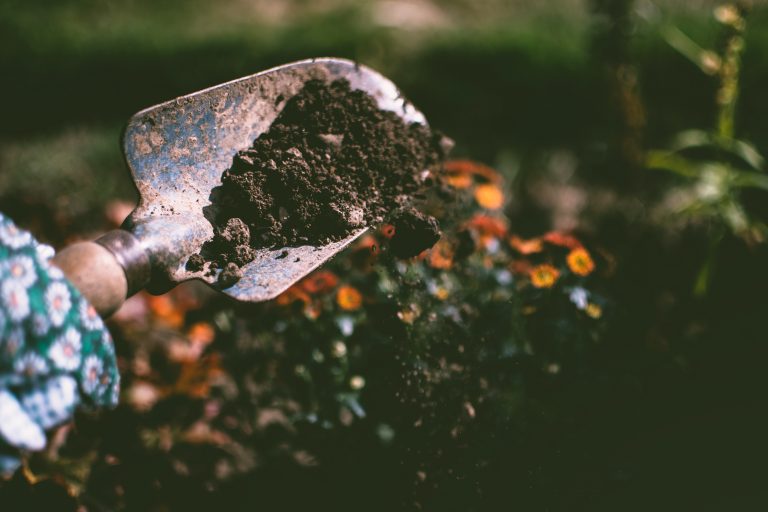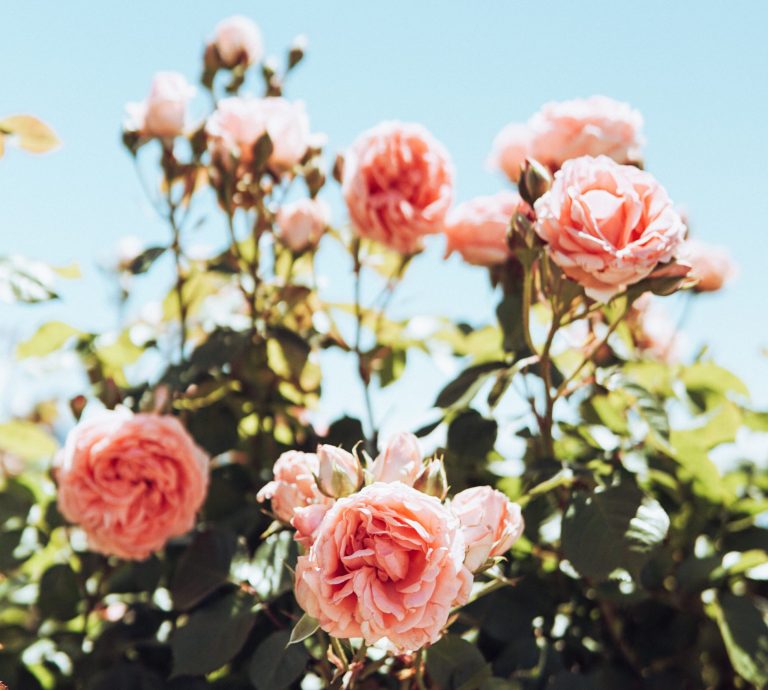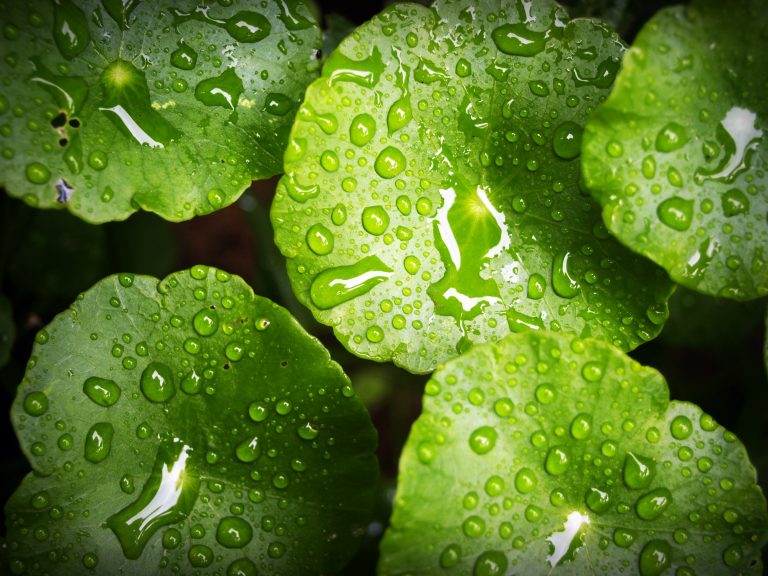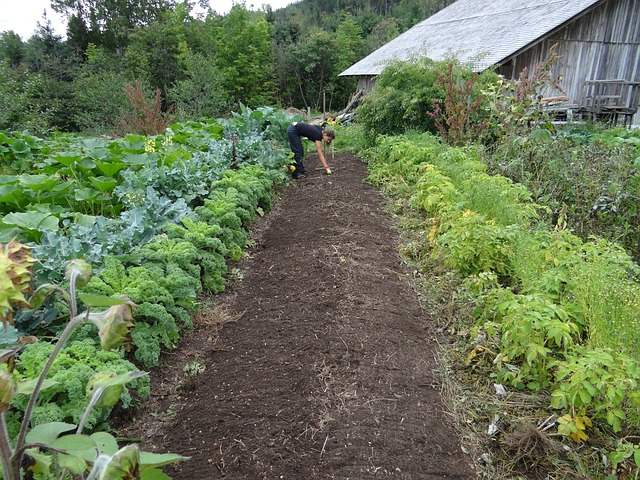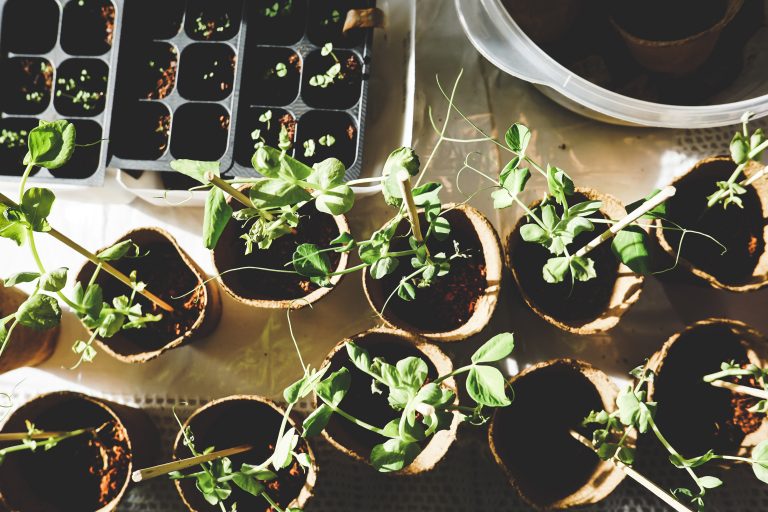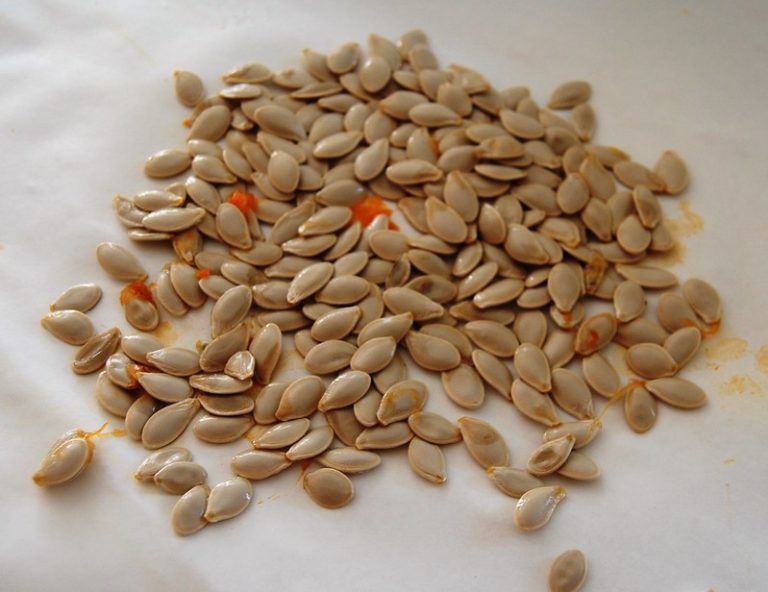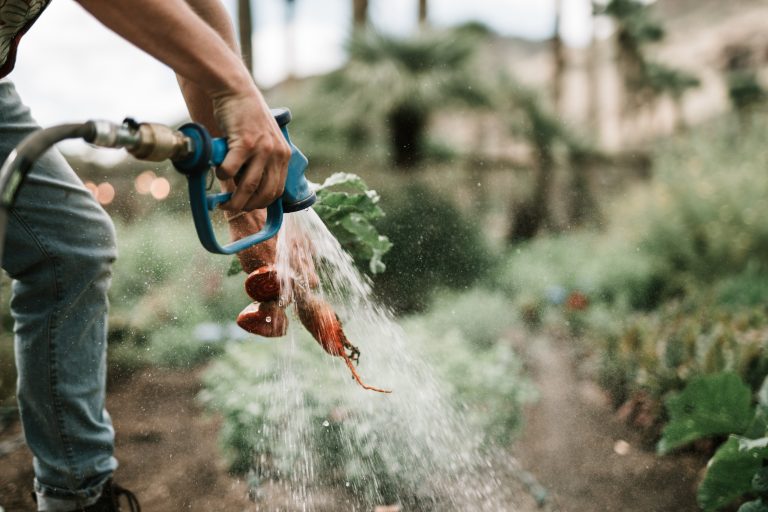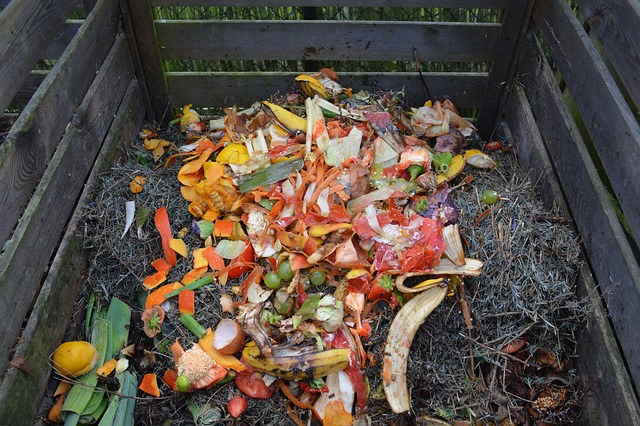Along with water and sunlight, soil is the lifeblood of a garden. Without healthy, nutrient-filled soil, plants simply won’t thrive. It’s tempting to believe that spraying your garden with fertilizer will encourage lush growth. But if you’re spraying without testing your soil, you may be in for trouble down the line. Why should you…
7 Tips for Getting Through a Heatwave in the Garden
It’s been hotter than ever in the garden these past few weeks, and getting tasks done is no longer an enjoyable experience. Thankfully, the heat let up yesterday, and I manage to spend an hour and a half replacing empty spots and sowing seeds for a fall harvest. The respite is temporary, though. Dealing with…
5 Best Plants for a Privacy Wall
A little bit of privacy can turn a plain outdoor space into a cozy oasis. Climbing, vining, and towering plants are perfect natural plant privacy wall options. With a plant privacy wall, there’s no need to fuss with the extra cost of lumber, fencing, or ready-made privacy accessories. Plants are a free, simple way…
4 Smart Garden Devices That Save Time and Money
Manual work in the garden is sometimes gratifying, but over time the grind becomes tedious. Thankfully, there are a host of smart gardening products out there that can help save you time and money. Which smart garden devices are worth the investment? Here are my top 4 smart gadget recommendations for gardeners seeking to…
7 Garden Inspection Tasks for Thriving Plants
Why do I bother walking through my garden multiple times a day? Let’s talk about my top garden inspection tasks. We’re in the midst of a heatwave in my neck of the woods and the garden is loving it. The heat-sensitive plants have all bolted and been pulled in favor of heat-loving edibles. I make…
Seed Starting with Recycled Materials
There’s no need to use fancy equipment to start seeds. You have plenty of perfectly suitable materials lying around the house—probably about to end up in the trash or recycling bin. Seed starting with recycled materials is easy! Don’t spend a ton of money on trays and flats. Save your hard-earned money and reduce, reuse,…
Gardening: More than a Solo Activity
The pandemic continues to affect everyday life despite lockdown protocols being lifted, and I’ve spent a lot more time in the garden because it’s currently one of the few things I can control (albeit barely!). For more than a decade, I’ve continued to make mistakes and discover tiny miracles in my outdoor oasis. It’s…
5 Easy and Neat Seed Storage Ideas
I’m an organization nerd (and a seed storage geek). It’s why I’m so attracted to Square Foot Gardening. I like it when things have their place. Without a system, things easily start to become messy and confusing. “Where did I put that again?”, “What did I just plant there last week?”. I’m more forgetful than…
Keep the Garden Well-Watered: 5 Tried & True Tools
Years ago, when, with the help of my dad, I started my first vegetable garden, I was vaguely aware of the importance of watering plants. I watered whenever I felt like it, and whenever it seemed like my plants yearned for moisture—it turns out many of the symptoms of overwatering and under watering are shockingly…
Are Compost Bins Worth the Money?
Compost is an excellent amendment for your garden, and making your own is reasonably straightforward and cheap. Is it worth investing in a bin, though? Are compost bins worth the money? Let’s take a look at the cost of a traditional compost bin and the benefits of buying a pre-built container. Cost of a compost…
